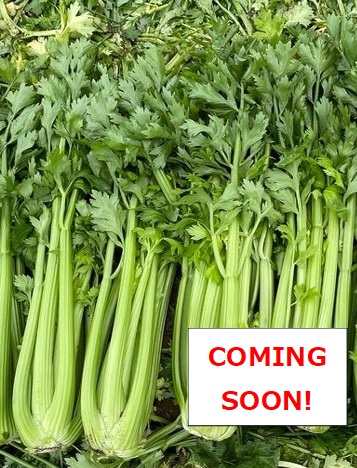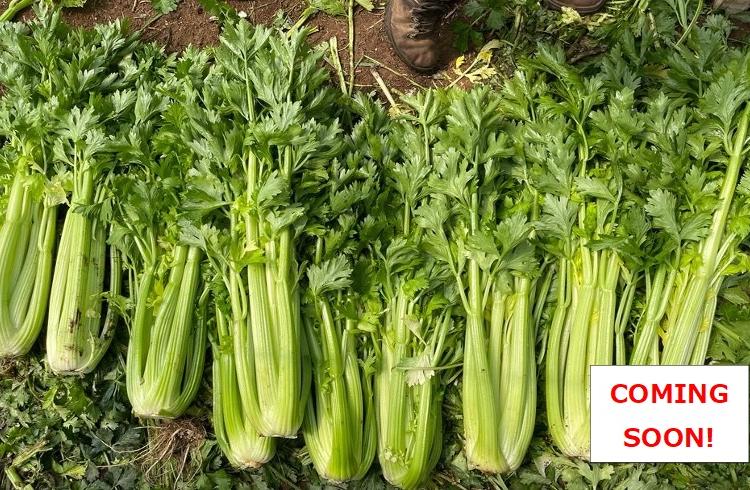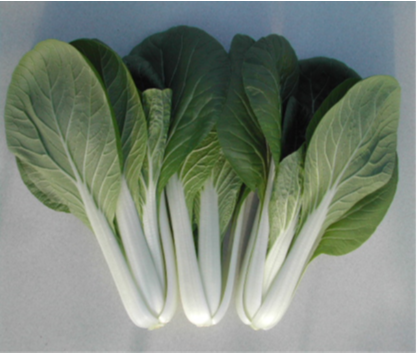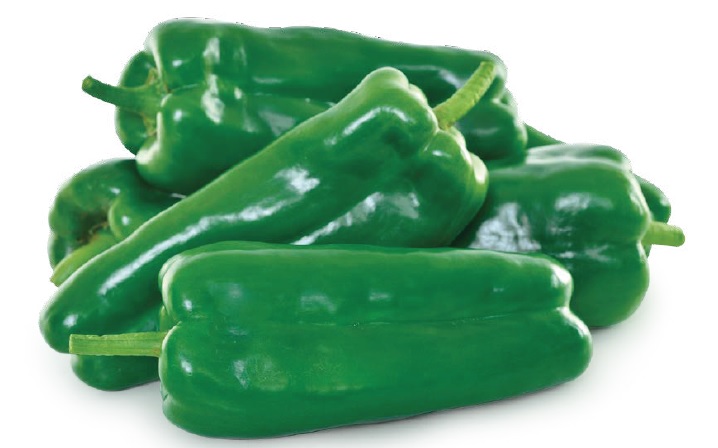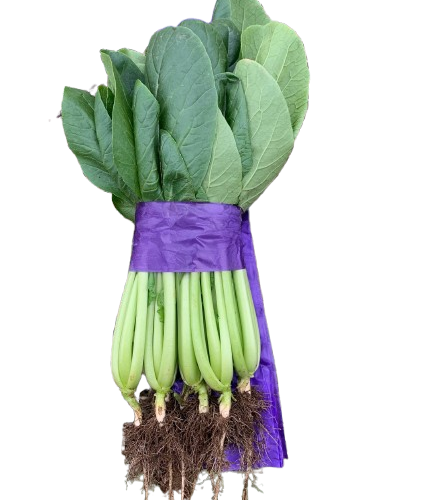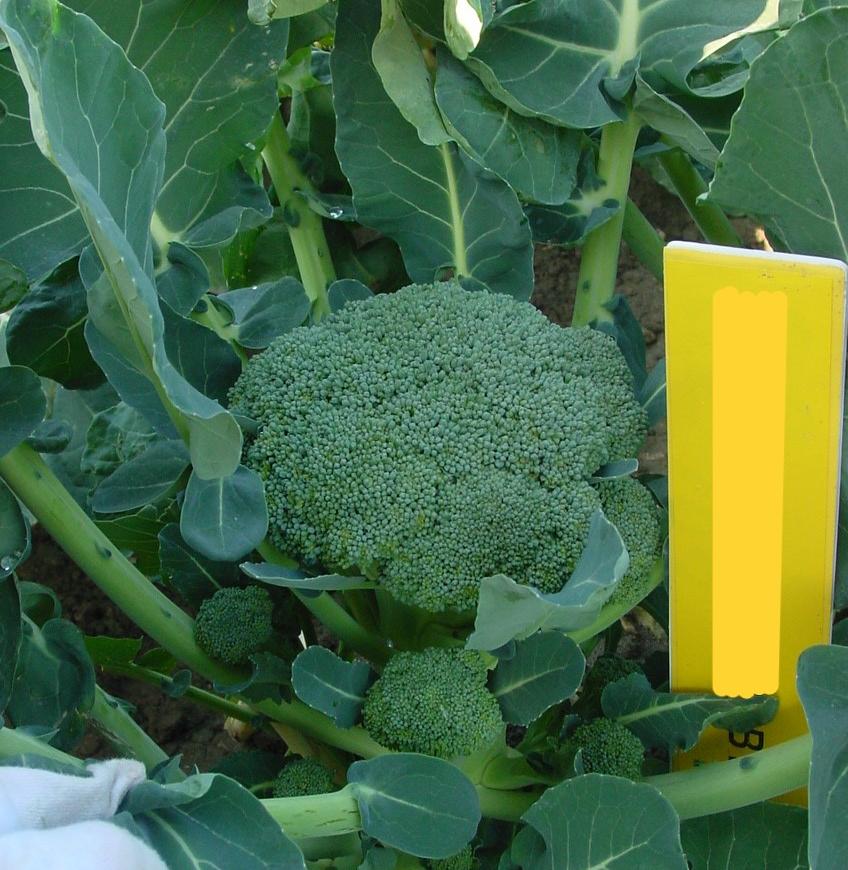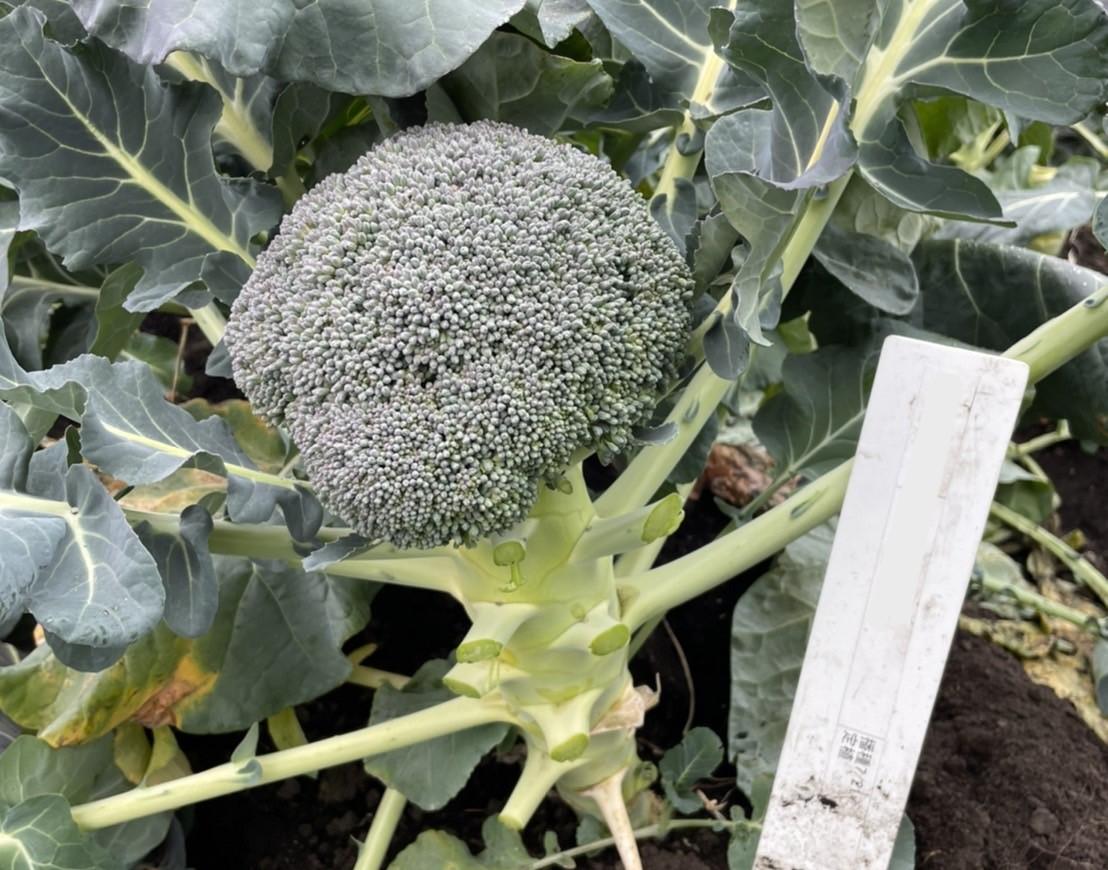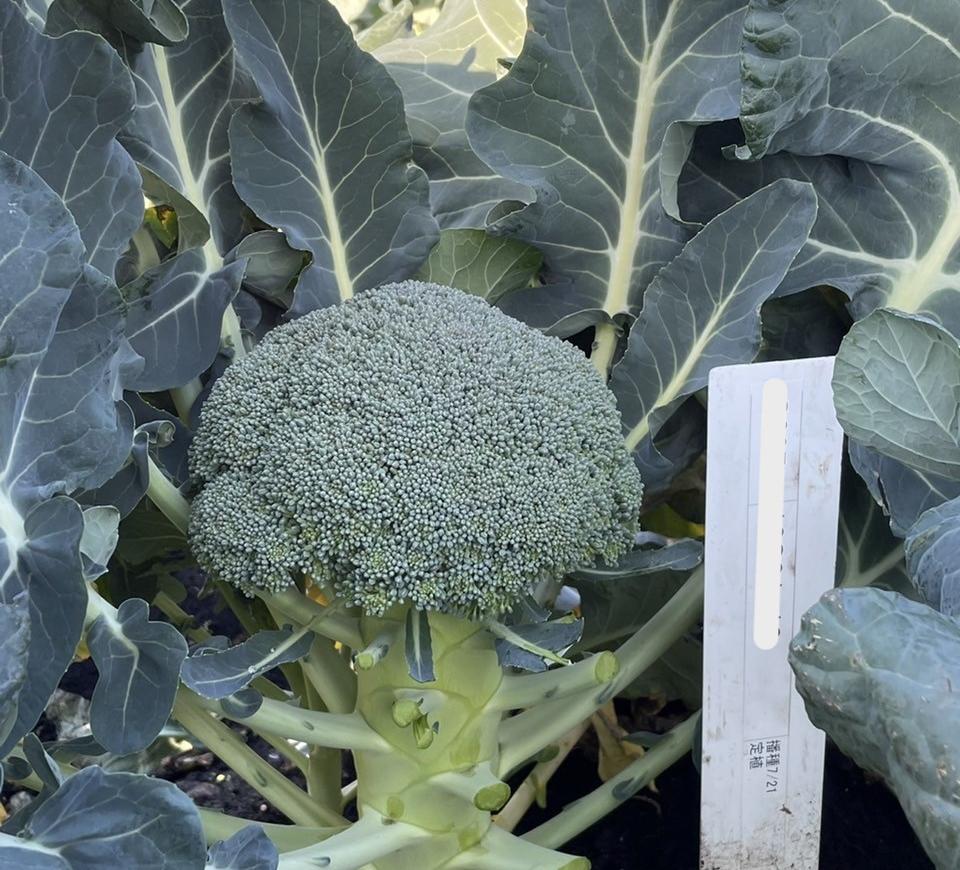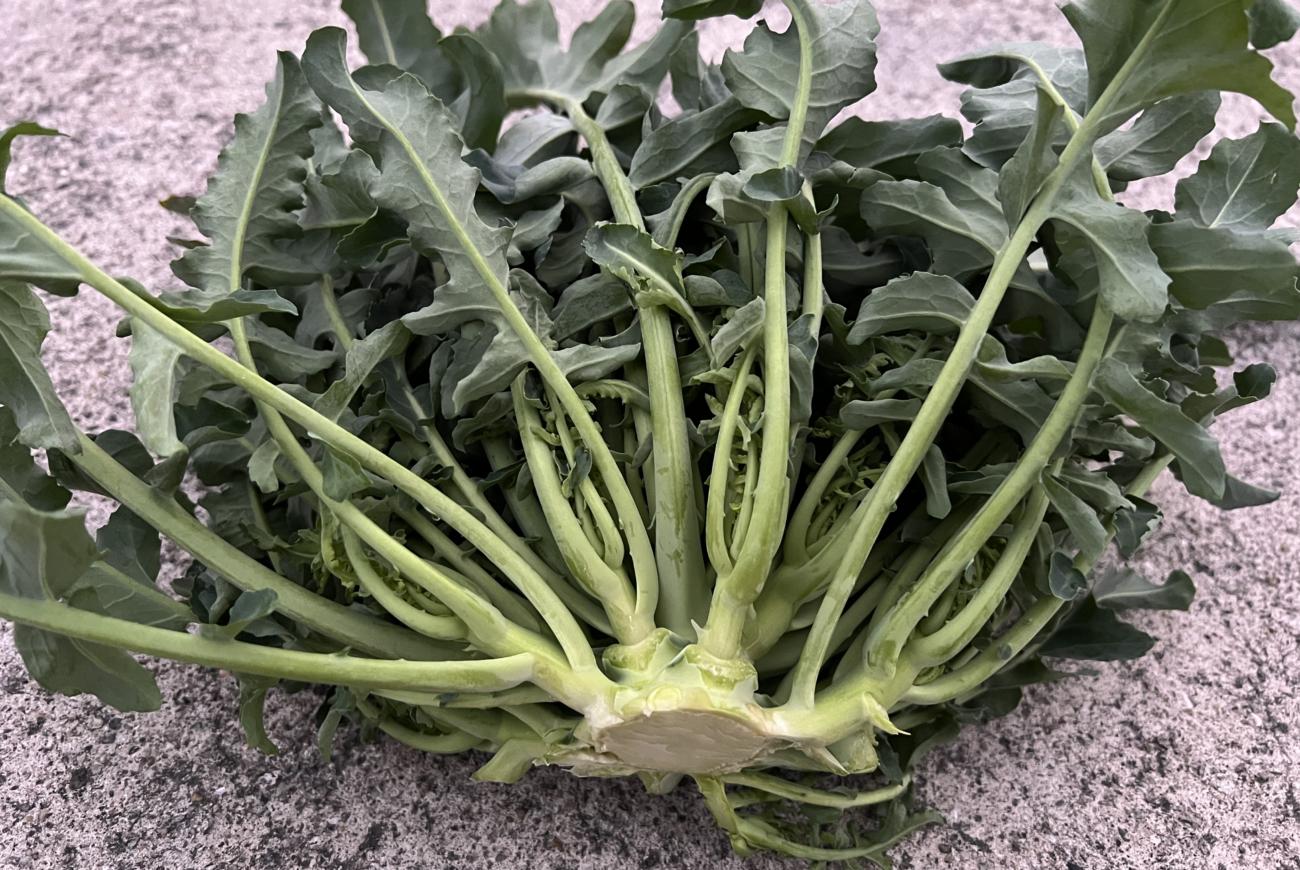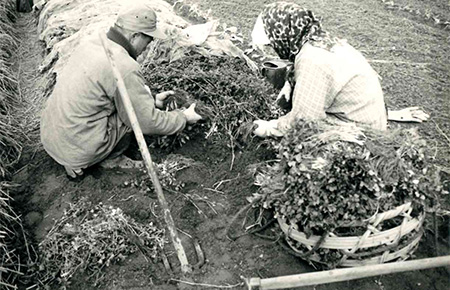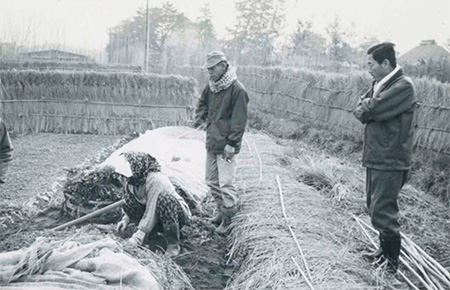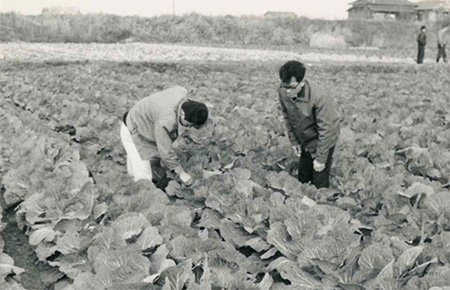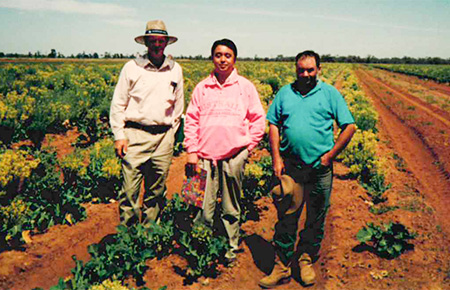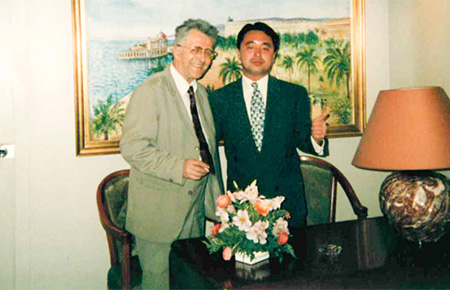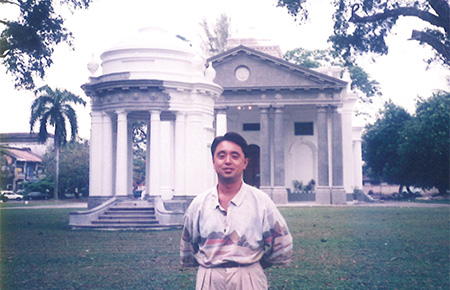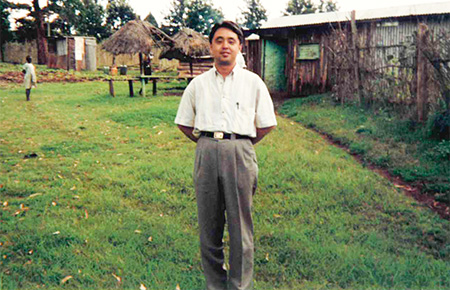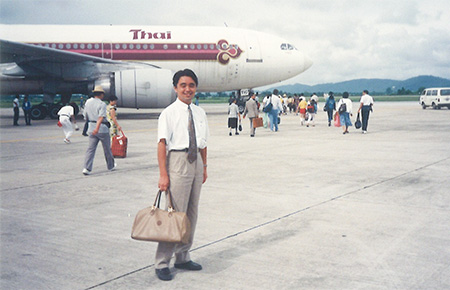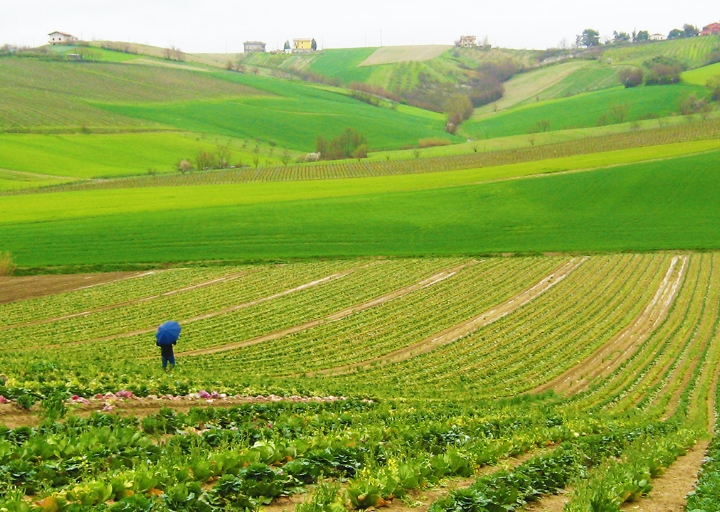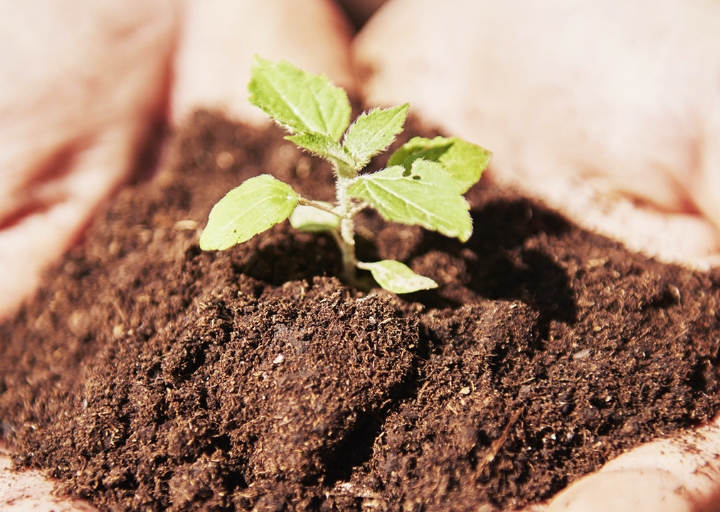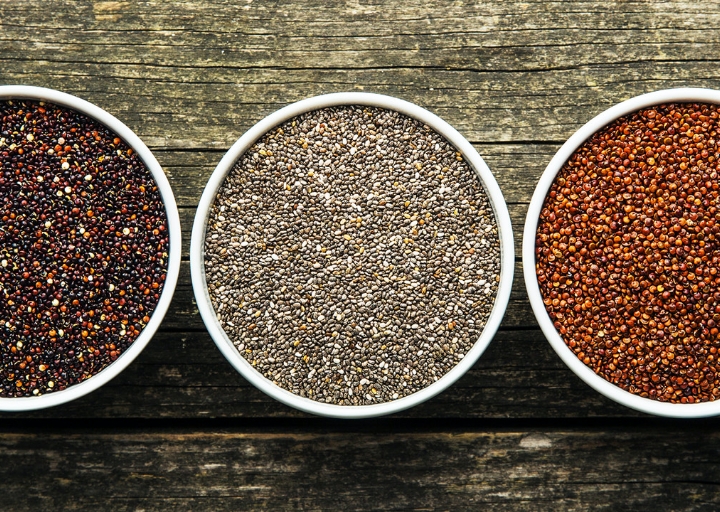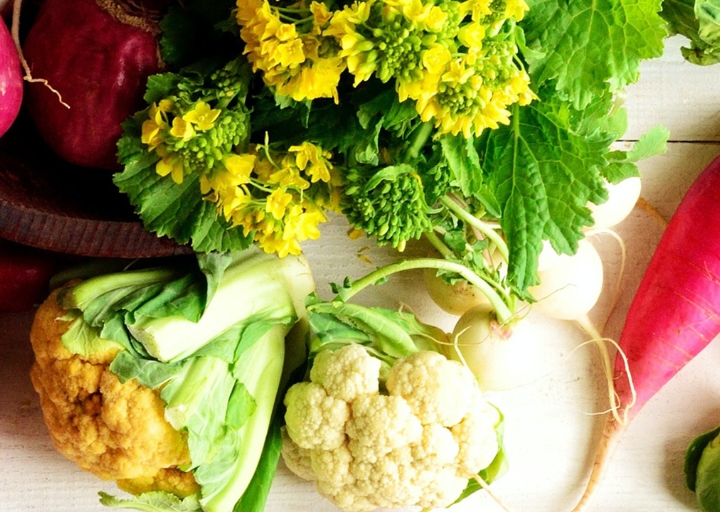KOBAYASHI’S SEEDS
TO THE WORLD.
ABOUT US


Kobayashi Seed ambitiously breeds a variety of seeds and seedlings that suit well to the climate and the soil in each region of the world.
Our main exports include seeds of a variety of vegetables: cabbages, broccolis, cauliflowers, Chinese cabbages, onions, melons, watermelons, pumpkins, and eggplants.
We have long been concentrating our efforts on breeding F1 seeds as there is great demand for them in the global market.
Thanks to the efforts, our seeds are now well accepted all over the world: Southeast Asia, East Asia, South Asia, Middle east, Africa, Europe, North America, and South America.
Kobayashi Seed thinks about the vegetable seeds all the time for the people in 70 or more countries, where our seeds are used.
We look forward to showing you how to grow vegetables and providing you with the seeds we have bred.
SERVICE
Kobayashi Seed contributes
to the society with
our quality seeds.
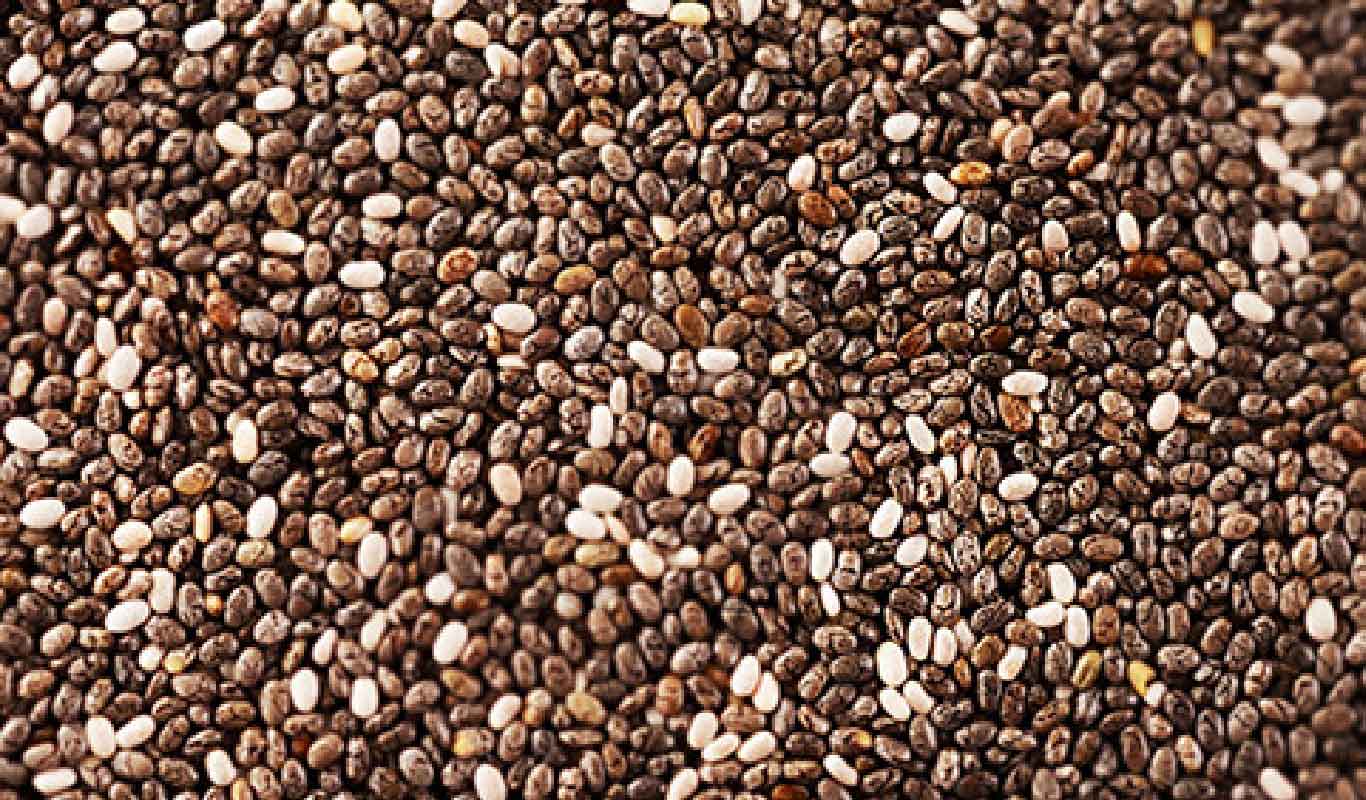
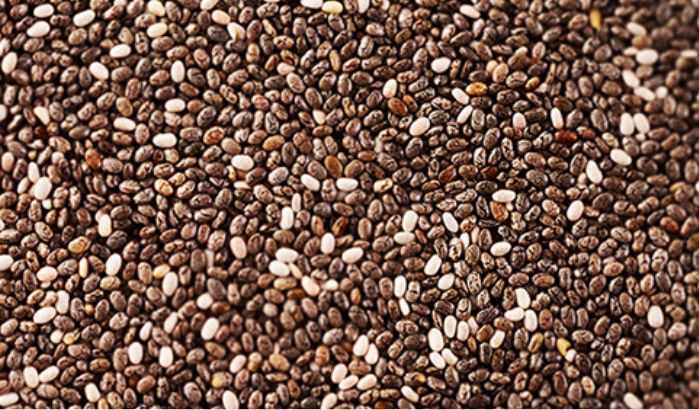
Abundant Varieties
Ask us anything about seeds!
We handle more than 1,000 varieties of seeds including our original.
Also, we have brand-new and rare seeds that we have procured from various places around the world.
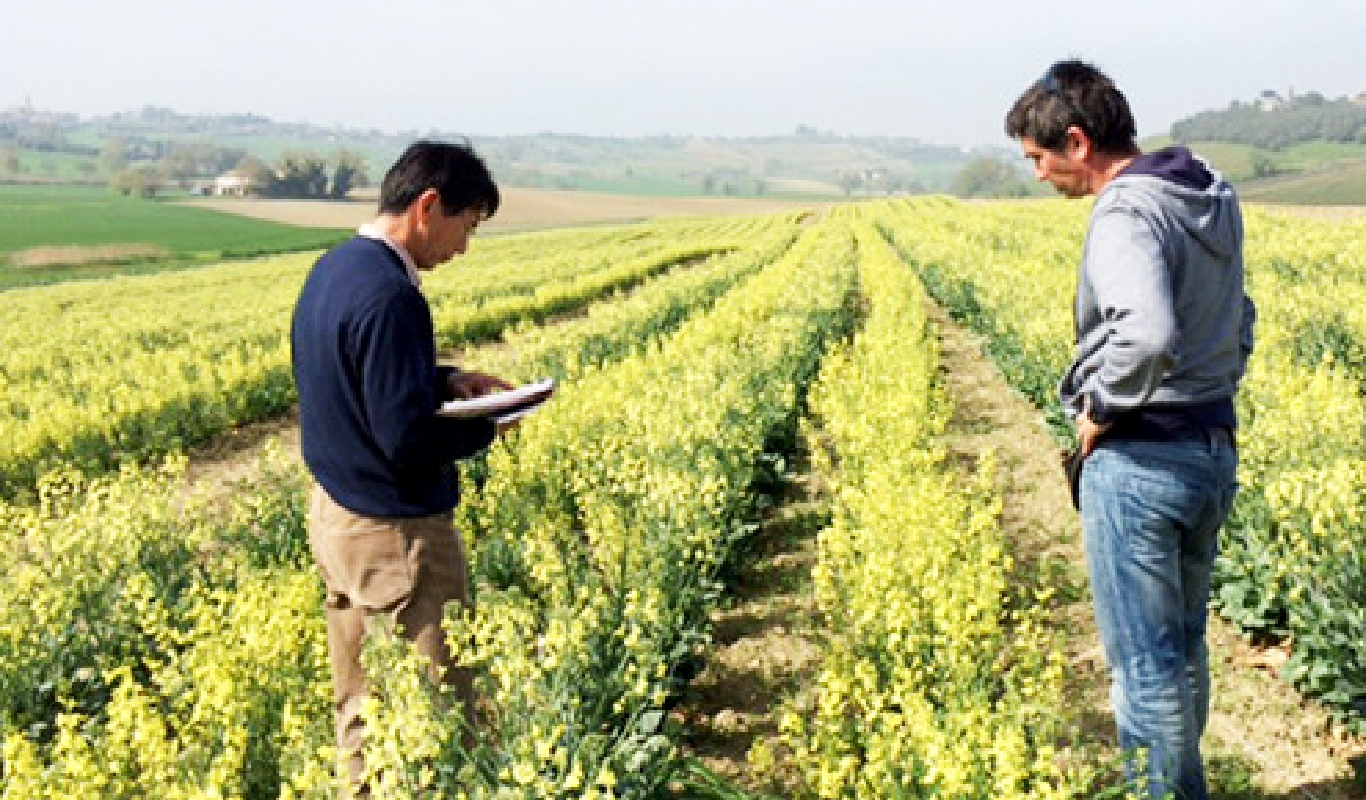
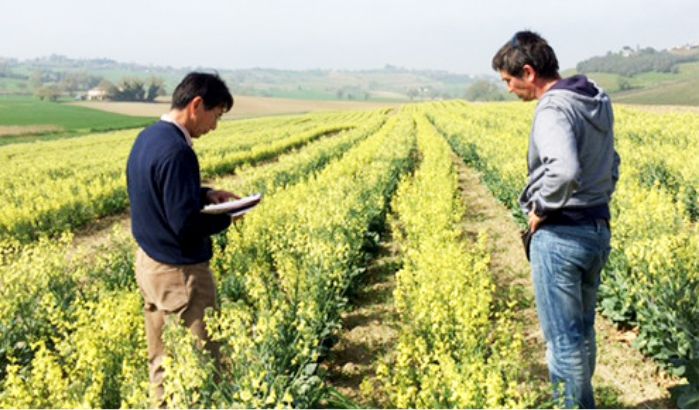
Technical Support
Whoever contacts us, from a seeding company to a professional farmer, is welcome.
We think that it’s important to hand down techniques from one to another. Kobayashi Seed Co., Ltd. supports customers from a viewpoint of a professional seed company. A technical promotion event at a supermarket is one of our most important tasks. Our Research Station’s staff actively support you with their breeding technique. Any question is welcome.
Our professional staff can advise you how to grow vegetables and how to solve troubles in growing vegetables. We sometimes hold the Open House for visitors, including an inspection session and a study session at our Research Station.
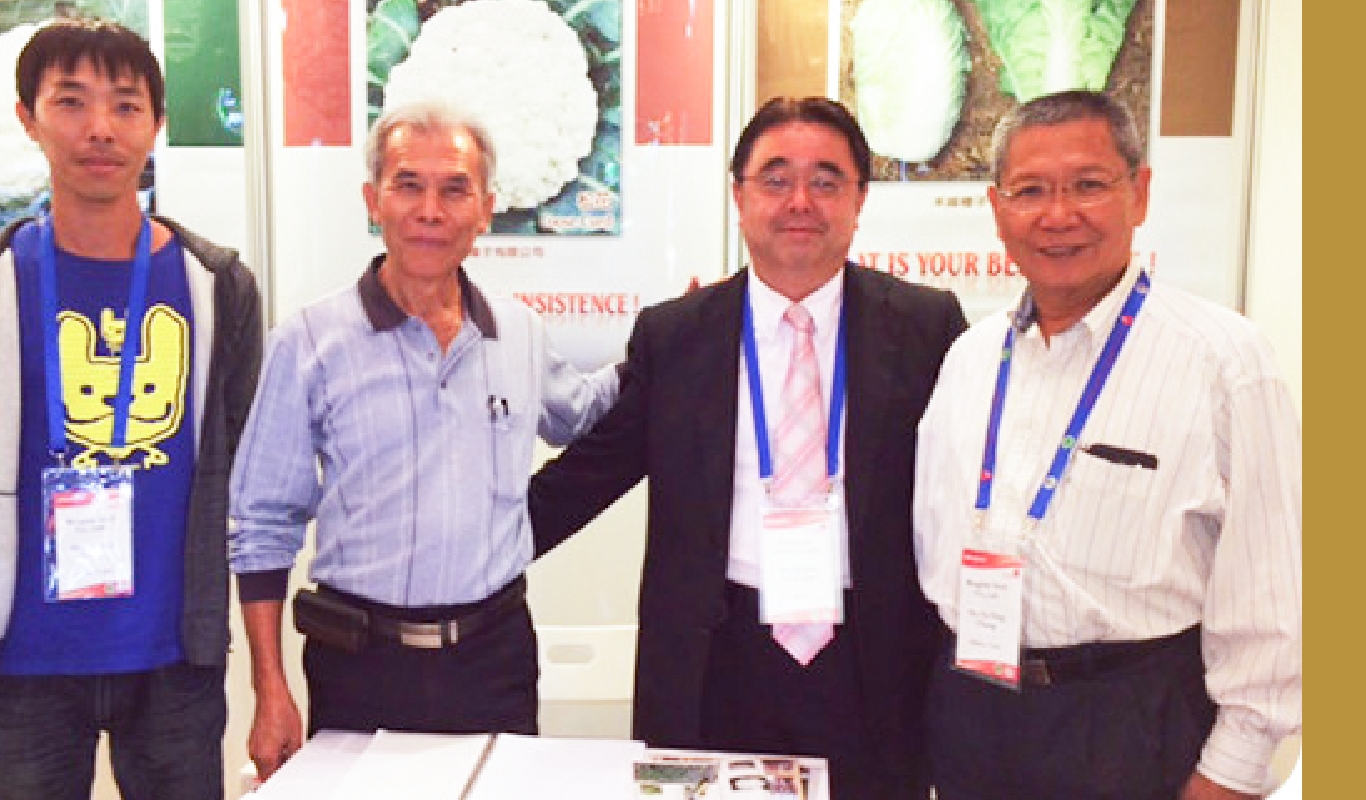
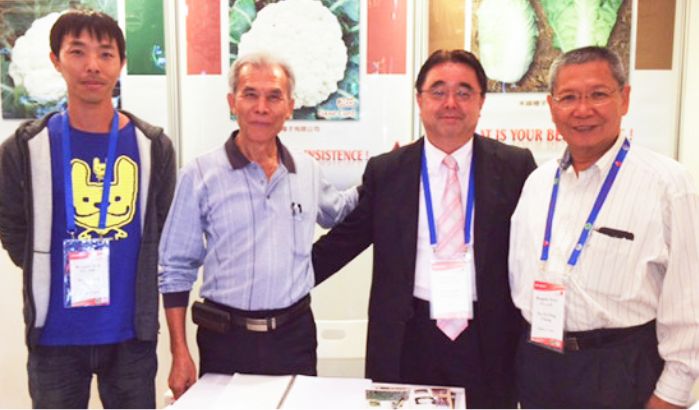
Close exchange
with customers
We would like to share information we obtained through our worldwide marketing network.
We continue to improve ourselves learning the most advanced technology and world’s trends so that we can create new value with vegetables and make a business innovation. Our international sales staff visit various countries and exchange information with overseas seed companies, distributors, and vegetable growers. We are striving to develop varieties of seeds that can well suit to the soil in each region of the world through communications with people in different business sectors.
Kobayashi Seed Co., Ltd. is one of the major members of JASTA or Japan Seed Trade Association that is the organization to support Japanese seed companies and to promote plant breeding with regard to seeds and seedlings of vegetables, flowers, and grasses. JASTA aims at contributing to the improvement of the living of the Japanese people.
FACTS & FIGURES
0
TRADING COUNTRY
0
ITEMS
0
DEVELOPMENTS
PER YEAR
0
FOUNDED
YEARS OLD

KOBAYASHI SEED’s contribution to SDGs.
As a company engaged in the seed and seedling industry, we, KOBAYASHI SEED CO., LTD. express our support
for the SDGs, and we are contributing to the following items. “1. NO POVERTY”, “2. ZERO HUNGER”, “8. DECENT WORK AND ECONOMIC GROWTH”, “12. RESPONSIBLE CONSUMPTION AND PRODUCTION”, “13. CLIMATE ACTION”, “15. LIFE AND LAND”, and “17. PARTNERSHIP FOR THE GOALS”.
Recognize that food systems must become more equitable, inclusive, and environmentally friendly; and that – whether we engage as individual players or as a sector – our most salient contributions are likely to be towards the UN SDGs on poverty, hunger, economic growth, climate action, biodiversity, responsible consumption and production, and partnerships.

SDG 1 – End poverty in all its forms
everywhere
The quality seeds help alleviate poverty by boosting yields and yield security, allowing smallholder farmers to better nourish themselves and to obtain income.
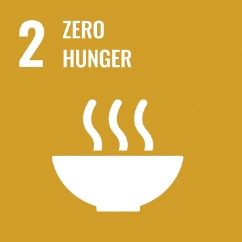
SDG 2 – End hunger, achieve food security and improved nutrition and promote sustainable agriculture
On current trends, the world must produce 50 percent more food by 2050; that crop yields must therefore increase at higher than historical rates; and that this increased production must not come from deforestation or any other expansion of agricultural land.
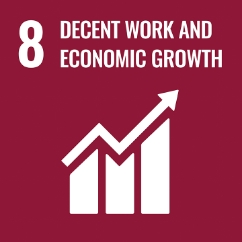
SDG 8 – Promote sustained, inclusive, and sustainable economic growth, full and productive employment, and decent work for all
For many farmers, the seed sector remains a significant potential source of increased income through improved yields, resistance, resilience, adaptability, and crop knowledge; but that only 10 percent of the world’s smallholder farmers can handle the quality seeds.
We have a significant role to play in the promotion of sustained, inclusive, and sustainable economic growth for some of the world’s most marginalised populations, including decent work.
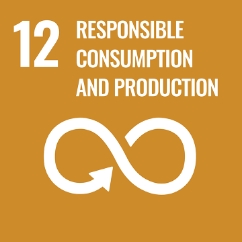
SDG 12 – Ensure sustainable consumption and production patterns
We are committed to collaborate with the value chain for more responsible production and consumption.
We are helping to reduce agricultural water use by developing varieties, which require less water for their growth; that improved seeds also require less land, lessening the rates of land conversion and deforestation; and that by enabling agriculture to grow more with less, improved seeds lead to a smaller environmental footprint.

SDG 13 – Take urgent action to combat climate change and its impacts
More than one quarter of the world’s greenhouse gas emissions come from agriculture, forestry, and land-use change, and that – without action – these emissions are likely to increase as the global population grows.
Agricultural emissions must be reduced by two-thirds from 2010 levels in order to keep global temperature rise to less than 2°C.
Farmers are also impacted by climate change, which brings unstable weather patterns, disease, pests, and extreme weather events, such as droughts and flooding. We can help reduce agricultural emissions by breeding crop plants to better capture carbon, for example, by developing plants with extensive root systems.
The seed and seedling industry can help farmers adapt to climate change by developing crops that are more resistant to drought and other symptoms of a changing climate.
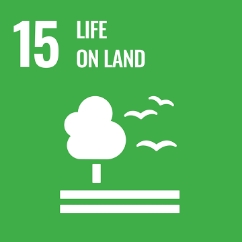
SDG 15 – Protect, restore, and promote sustainable use of terrestrial ecosystems, sustainably manage forests, combat desertification, and halt and reverse land degradation and halt biodiversity loss
We rely on genetic resources to continue improving seeds; and that the sector helps protect biodiversity through its support for access and benefit sharing mechanisms, such as the International Treaty on Plant Genetic Resources for Food and Agriculture (ITPGRFA) and the Convention on Biological Diversity (CBD). We also contribute to create new diversity among varieties.
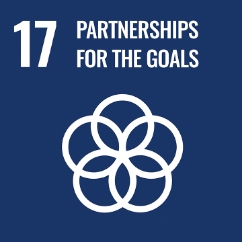
SDG 17 – Strengthen the means of implementation and revitalize the global partnership for sustainable development
We share the common unifying goal of providing quality seed for farmers around the world, including in Least Developed Countries (LDCs). Continuous adapted varieties and good quality seed enable farmers to maximize yield while remaining resistant to climate change, pests, and diseases.
The complexities of the challenges above require everybody in the food value chain to collaborate, including the public and private sectors; and that this collaboration is the only way to a global food system fit for the future.
KOBAYASHI SEED’S STORY

1910
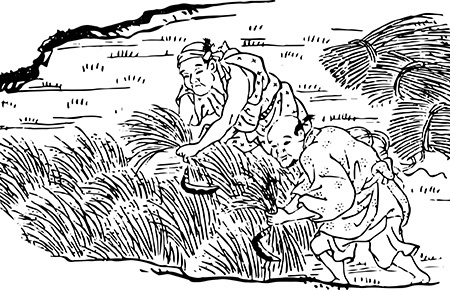
The Kobayashi seeds-and-supplies store was founded.
1943

Yasuo Kobayashi inaugurated as President.
1948
Kobayashi Seed Co., Ltd. was established.
1950
Mizuashi Research farm was opened.
1960
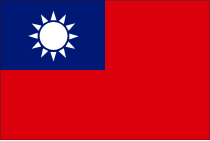
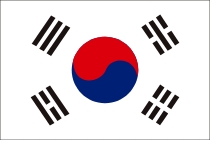
We started trading with Taiwan,
South Korea, Okinawa,
and South America.
1963
Our green pepper won the Agriculture-and-forestry minister prize.
1968
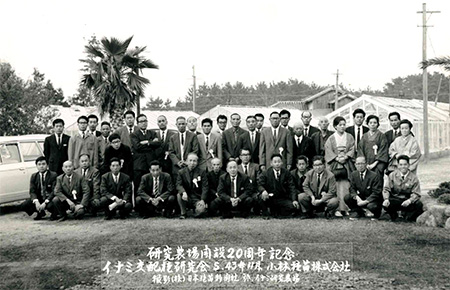
20th anniversary of the establishment of the research farm.
1969
Our green pepper won the Agriculture-and-forestry
minister prize.
1972
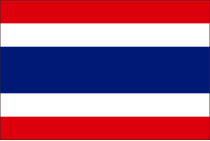
We started exporting to Thailand.
1973
Our cabbage and Japanese radish won the Agriculture-and-forestry minister prize.
1974
Our cabbage won the Agriculture-and-forestry
minister prize.
1982
The area of overseas trade was expanded to the countries in Oceania,
the Middle and Near East, Europe, the United States,
Southeast Asia and South America.
1983

Masaru Kobayashi inaugurated as President.
1985
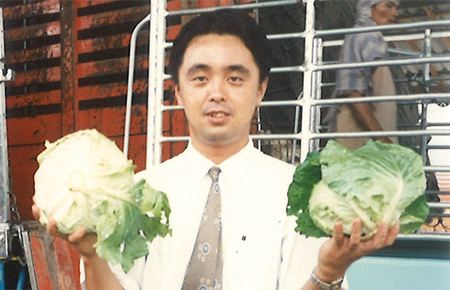
A bioengineering laboratory was established in Research farm.
1987
Mizuashi Research farm changed the name to Kobayashi Research Farm through the name of Inami Research Farm.
Kobayashi Agricultural Incorporated Company was founded with the capital of 50 million yen.
1989

Enlarged overseas business area up to 10 countries.
Tadako Kobayashi inaugurated as President.
1991
Research farm was extended and it is set to 7ha.
1995
K’s Garden was founded.
2008

Minoru Kobayashi inaugurated as President.
2014
Established KOBAYASHI AGRICULTURE NEO CO.,LTD
FOR THE FUTURE
KOBAYASHI RESEARCH FARM
INTRODUCTION VIDEO
RESEARCH FARM
"GREAT JAPANESE SEEDS TO THE WORLD, NEW LIVES FROM THE WORLD."
We have improved 7ha of the Research farm in order to breed seeds and seedlings that suit countries and the soil.
Overview
| Area | 7ha |
|---|---|
| Office in Research farm | 210㎡ |
| Warehouse, Seed-washing room, Compost depot | 340㎡ |
| 10 Glasshouses | 1,000㎡(including 100㎡of Gravel house and 100㎡of Disease laboratory) |
| 40 Plastic greenhouses | 3,000㎡(including 150㎡of 2 Disease laboratories) |
| Bioengineering laboratory | 100㎡ |
| Facilities in the Bioengineering laboratory | a Vertical laminar flow clean bench, a Swing shaker, a Direct-reading-balance, 2 Rotators, a Stereoscopic microscope. |
CULTIVATION OF RESISTANT VARIETIES
"GREAT SEEDS TO THE WORLD, NEW LIVES FROM THE WORLD" WE develop "resistant varieties" strengthening resistance to diseases in order to supply good-quality seeds for you all over the world.
Examples of present resistant varieties
| Cabbage | tolerant to Xanthomonas campestris pv. campestris, resistant to verticillium dahliae, multiply resistant to Plasmodiophora brassicae and Fusarium oxysporum f. sp. conglutinans |
|---|---|
| Chinese cabbage | resistant to Plasmodiophora brassicae, tolerant to Peronospora parasitica |
| Turnip | resistant to Plasmodiophora brassicae, Turnip mosaic virus, Peronospora parasitica, Albugo macrospora |
| Komatsuna | torelant to, Albugo macrospora, Fusarium oxysporum f. sp. rapae |
| Pak choy | torelant to , Albugo macrospora, Fusarium oxysporum f. sp. rapae |
| Japanese radish | resistant to Fusarium oxysporum f. sp. raphani (Aokubi-daikon), virus |
| Spinach | resistant to Peronospora effusa |
| Melon | resistant to Fusarium oxysporum f. sp. melonis, Didymella bryoniae, Sphaerotheca fuliginea |
| Green pepper | resistant to virus, disease |
| Tomato | resistant to TMV, Verticillium dahliae, Leaf mold, Meloidogyne spp., Tomato yellow leaf curl |
| Eggplant | resistant to Verticillium dahliae, Bacterial wilt disease |
-
By car
Go south down the Kakogawa By-pass and Kakogawa IC. Go over the intersection crossing the Route 2, then you will find a post office on your right. Turn left at the traffic light.
After going straight 200 meters you will get our office. (It takes 10 minutes from Kakogawa IC) -
By train
Get out of the JR Kakogawa station from the South exit.
Go south down to the Route 2. Go over the first traffic light and go down the Route 129. You will see a shrine on your right. Turn right at the corner, then you will find our office on your left.
(It takes 5 minutes from Kakogawa Station)


